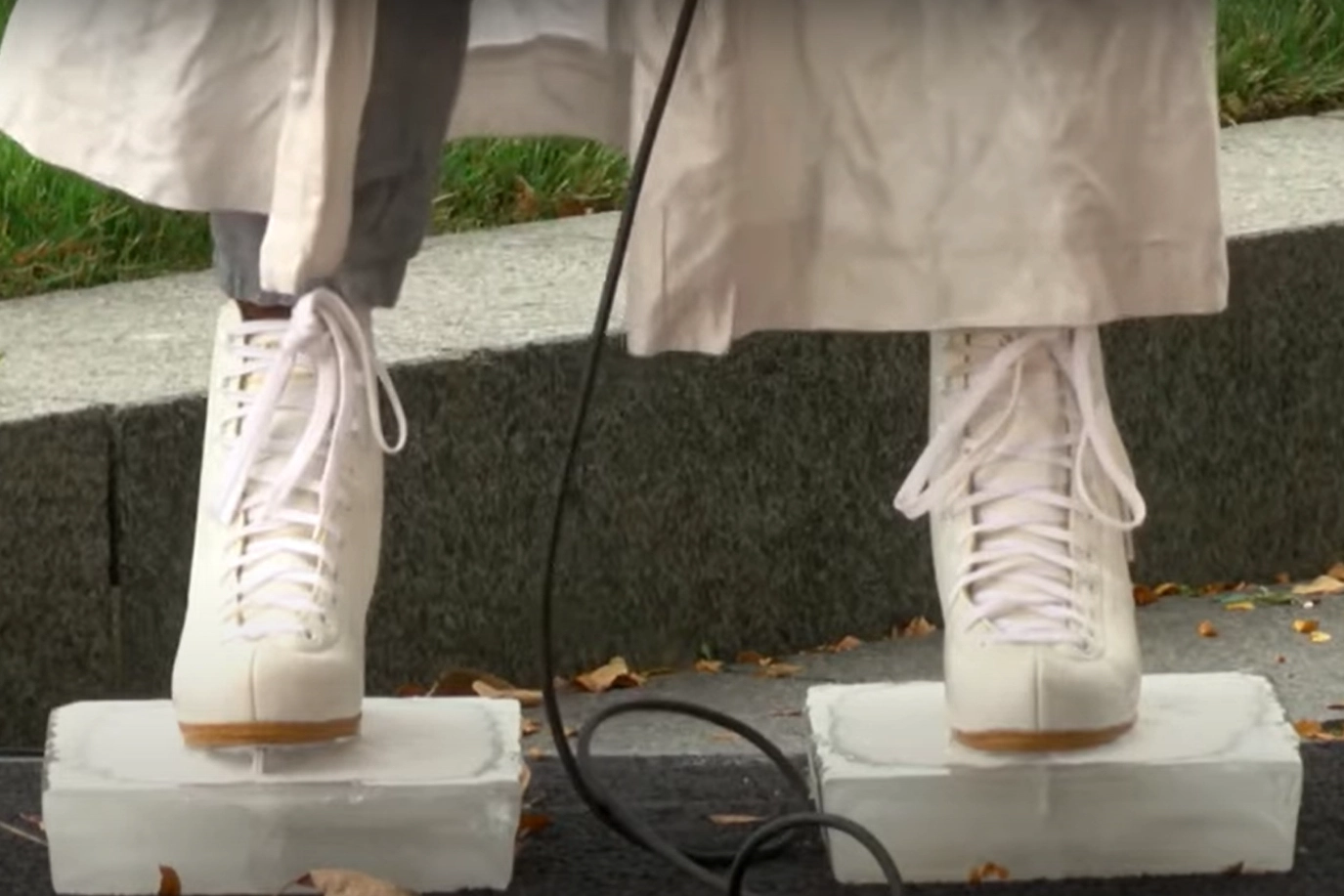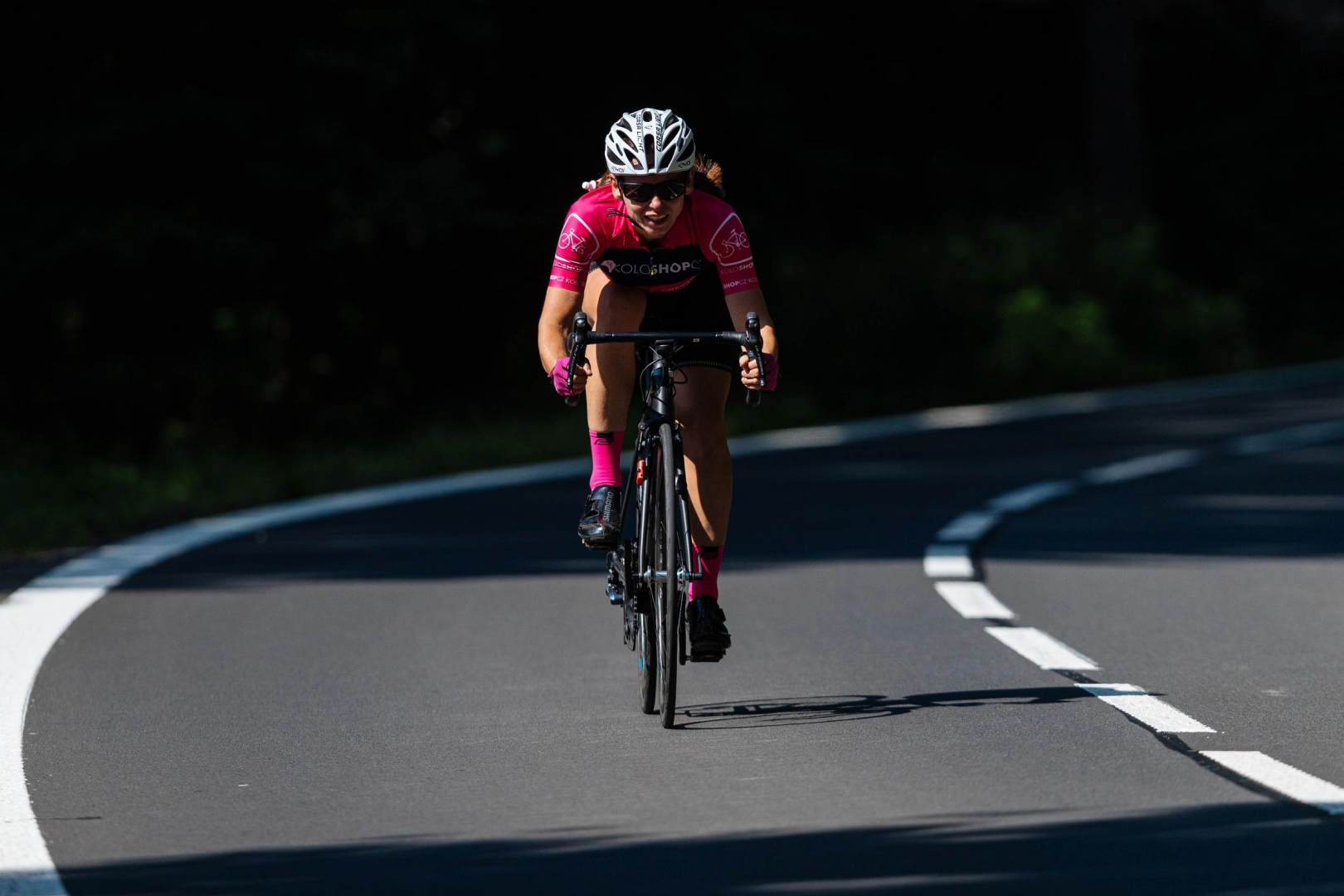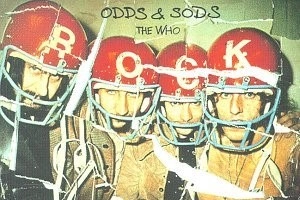Skating on ice is one of the most attractive things winter sports have to offer. On the occasion of the European Figure Skating Championships, which took place in Espoo, Finland, in January, let's take a look at how this theme resonates (not only) in art.
Ice skating combines sport and artistic expression. The athletes learn both skating technique and athletic elements, as well as how to synchronize their body movements with the rhythm of the music so that they appear graceful and the spectator is offered a complex aesthetic experience.
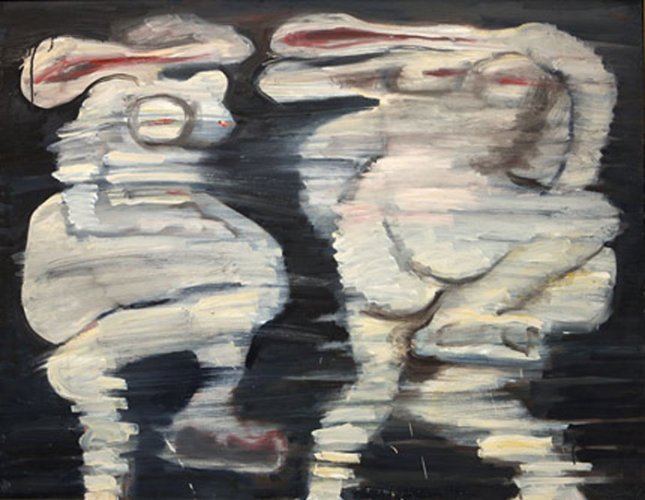
Much like any other sport, ice skating mirrors the values of the society within which it develops. This was also the case in this year's championship. I would like to make a little pit-stop on this particular topic.
What Values Do We Uphold (Not Just in Ice Skating)?
Ahead of the European Championships, the Finnish Figure Skating Association issued a statement on the championships' website stressing the importance of equality and diversity, and in the spirit of these values, prepared an opening ceremony where trans figure skater Minna-Maaria Antikainen also performed alongside other top athletes. The organisers consider equal access to the ice for all, without restrictions on sex, gender identity, physical somatotype or level of fitness and professionalism, an important gesture that makes the ice a "space for everyone". "Especially in uncertain and difficult times like these, it is important to create an accepting and positive experience for everyone", explains choreographer Beata Leppilampi.
Changing Conservative Rules
Outi Wuorenheimo, executive director of the Finnish Figure Skating Association, said the organisation’s goal is to change the perception of this - as she calls it - very conservative sport. Figure skating's strict rules do not allow athletes of the same gender to participate in pairs competitions. Nor is there a competition category for athletes who identify as non-binary. The rules also regulate the weight and body parameters for male and female athletes, which Outi Wuorenheimo also sees as problematic. One of the important objectives is also to dispel the notion that the environment of the sport is open exclusively to elites.
How to achieve change? According to Outi Wuorenheimo, steps in transforming figure skating depend on the willingness to see the connections between the ice and the rest of the world, and are conditioned by activeness that will align the rules of figure skating with the values that are important to us. From her words, we can derive the notion that where the current rules of the sport are rigid and binding, sport, much like art, loses the ability to organically respond to current world events in a creative, situationally appropriate way.
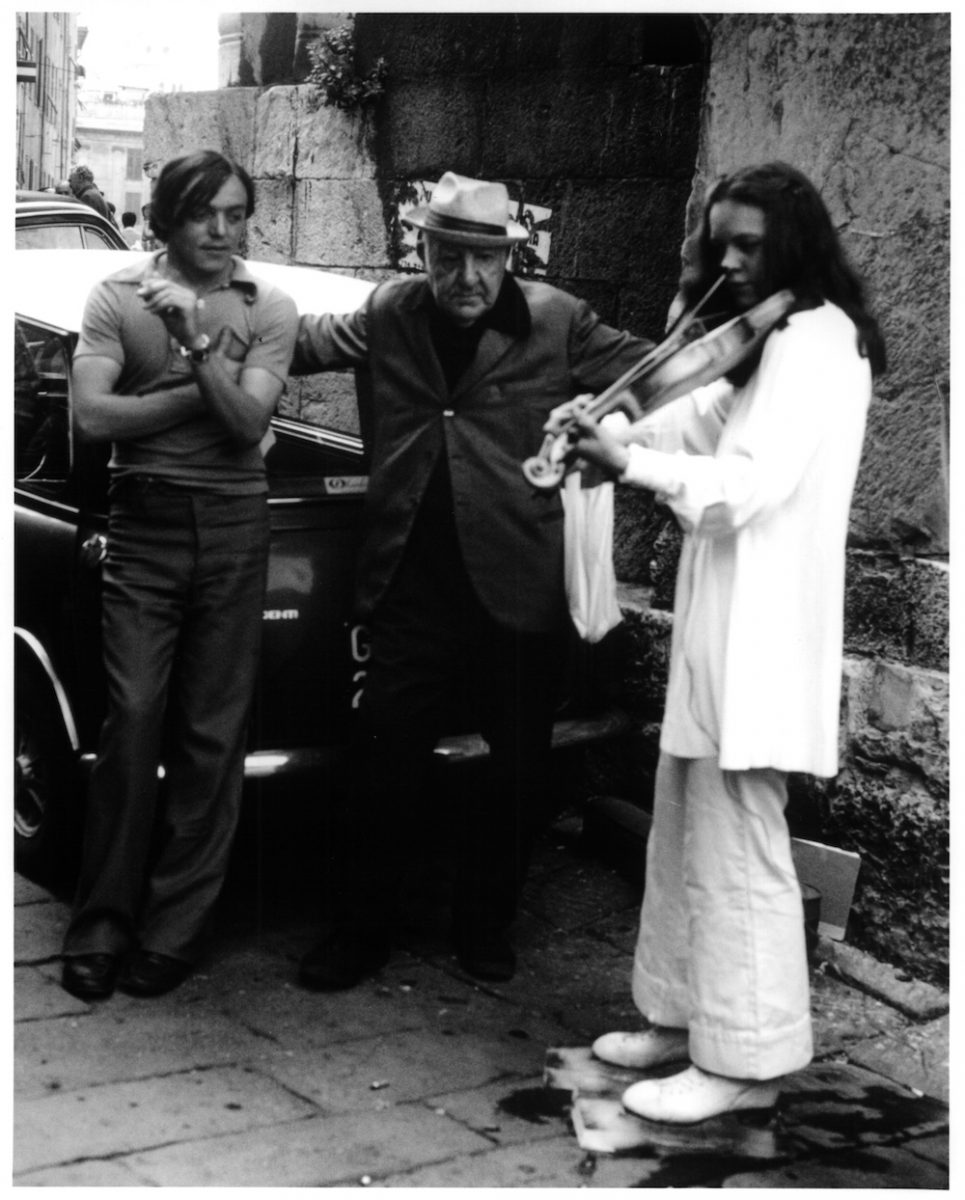
What Kind of Authenticity?
The whole championship carried itself in the spirit of the slogan "just be you" and despite how cliché it might sound, its articulation is relevant and necessary. However, it depends on how we understand this slogan and on which words we accentuate. Whether we are pointing fingers and pounding our chests to signal to those around us that we are defending our enclosed territory and the privileges that are ours, or instead, we are thinking about ways and possibilities to be in the world together with others and use it as a source for our empowerment and inspiration.
Ice Skating and Culture Wars
The sporting world is not exempt from culture wars between conservatives and identity politics advocates, yet I hesitate to label Finnish organisers as identity defenders because that would be too much of a shorthand. Creating space for everyone, as the statement says, does not read as an encouragement to blatantly assert one's own rights at the expense of others. Rather, I understand it as a call to create a facilitating environment in which one does not have to be afraid to be with others without having to hide and suppress oneself and thus can provide others with the inspiration they need in return.
Ice Skating as a Marketable Commodity
Outi Wuorenheimo did not explicitly mention how strongly figure skating is tied into worn-out patriarchal narratives that lay out the position of women and men in society and regulate the nature of their relationship with each other. On the ice, we repeatedly follow the romantic stories of Cinderella, Sleeping Beauty, or Pretty Woman’s Vivian, who, thanks to her “Prince Charming's” kiss, transforms into the embodiment of innocence. I am not aiming at romantic stories in general, there would not be a fundamental issue if this mythicization of the relationships between men and women did not obscure and retroactively reinforce real inequalities. Unfortunately, the romantic spectacle is simply a commodity that sells well.
Ice Skating in the Age of Global Climate Change
What is sorely missing from the Finnish Figure Skating Association's statement is any reflection, however minimal, of the sport's relationship to global climate change issues, which seems to me to be justified given the cost of using and maintaining artificial ice. It is therefore impossible to avoid the question of how to reconcile the 'infinite' demands of the ice rink’s users with the demands of a finite planet.
How Does the Topic of Skating and Ice Skating Resonate in Art?
Here I would like to take a closer look at works by three artists. In the relaxed atmosphere of the 1960s, just before the onset of the Prague Spring, Czech artist Jiří Načeradský (1939 -2014) painted a series of paintings of athletes, including Holiday on Ice (1967) and Proběhnouti centrifugou (To Run through a Centrifuge) (1967). Načeradský was inspired by photographs of athletes in the press and developed the expressive possibilities of this genre through the medium of painting. The result is a refined situational comedy and an intelligent play with meanings shifted to grotesque levels. The painting, originally titled Holiday on Ice, paraphrases the ice revue, which was very popular at the time, and even hosted guest performances by the stars of professional sport - such as the Norwegian figure skater and actress Sonja Henie.

Canadian artist Badanna Zack is not very well known in our country, which is a pity. Abroad, this ninety-year-old sculptor and conceptual artist has earned the label "the rebel of minimalism". Badanna Zack brought an unmistakable feminine element and a liberating tone to the minimalist art movement of the 1960s, which was distinctly masculine in character. She is the author of large-scale replicas of everyday objects and sculptures made using paper-mâché. She has also used this technique in her iconic series of skates from the 1990s. Like her other objects, Ice Skates (1996) functions as an anti-capitalist critique of commodification and sexual fetishization, and her work has a demystifying, ironically playful character, questioning the established truths of power structures.
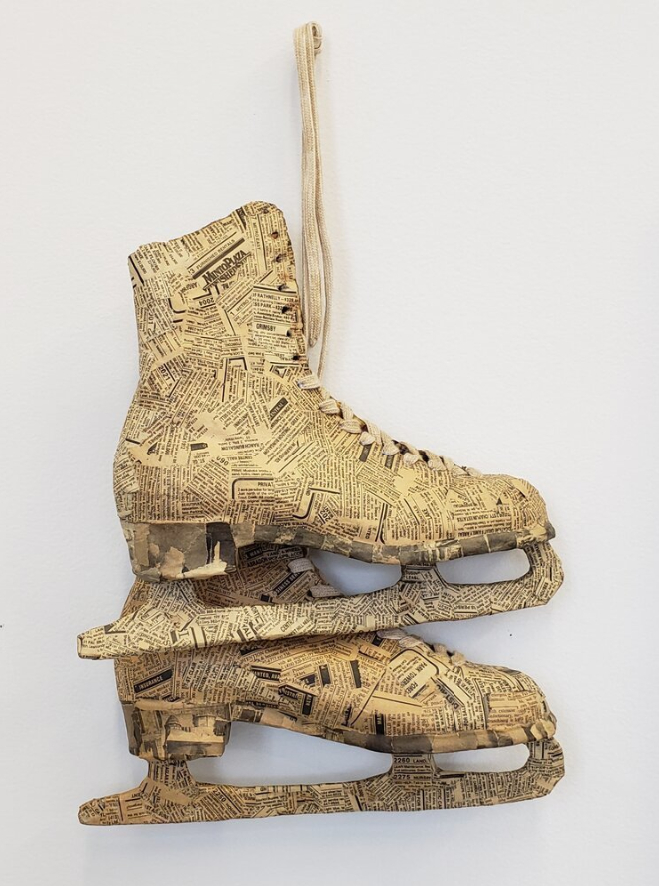
Ice skates also made an appearance in Laurie Anderson's Duets on Ice. As part of the opening of her exhibition Weather, the multimedia artist, who is one of the biggest names in performance art, stood up on her figure skates in the spring of 2021 in the garden of Washington's Hirshhorn Museum and recreated a performance she has been enjoying success with since the mid-1970s. The performance in the spring of 2021, amid a worldwide coronavirus pandemic, was broadcast live on the museum's website, allowing audiences around the world to see Anderson, with a veil over her mouth and her skates embedded in blocks of ice, walk to the bandstand and pick up a violin, a characteristic instrument that the artist has played since she was five. She performed on the piano and the specially modified amplified violin and accompanied the music with a narrated story.
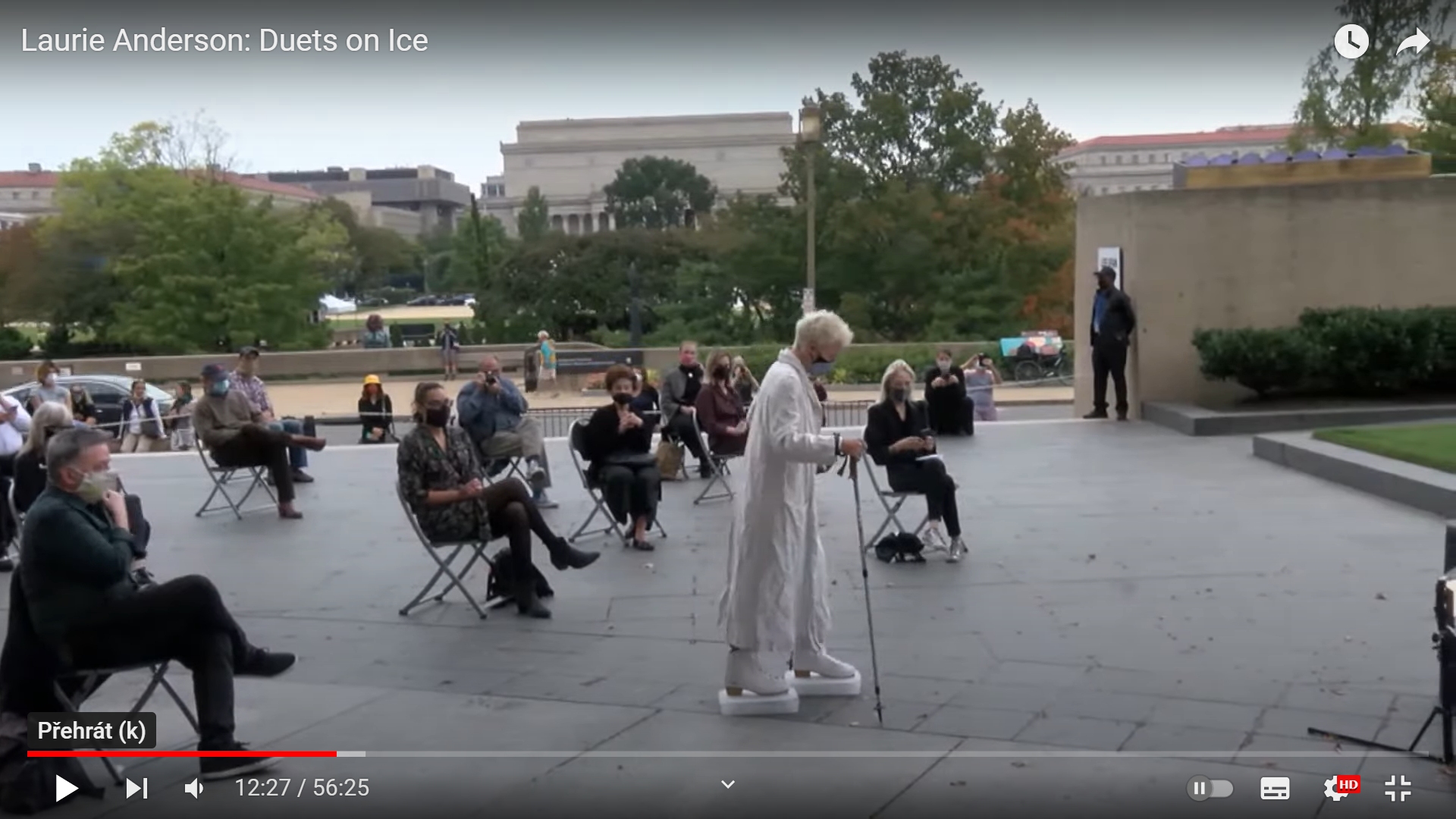
It is the story, and the epic narrative, that is perhaps the most characteristic of Laurie Anderson's art. She describes herself primarily as a storyteller. She told Rolling Stone magazine, “I talked about the parallels between skating and violin playing – — blades over a surface – and about balancing, and what it means to play a duet with yourself”.
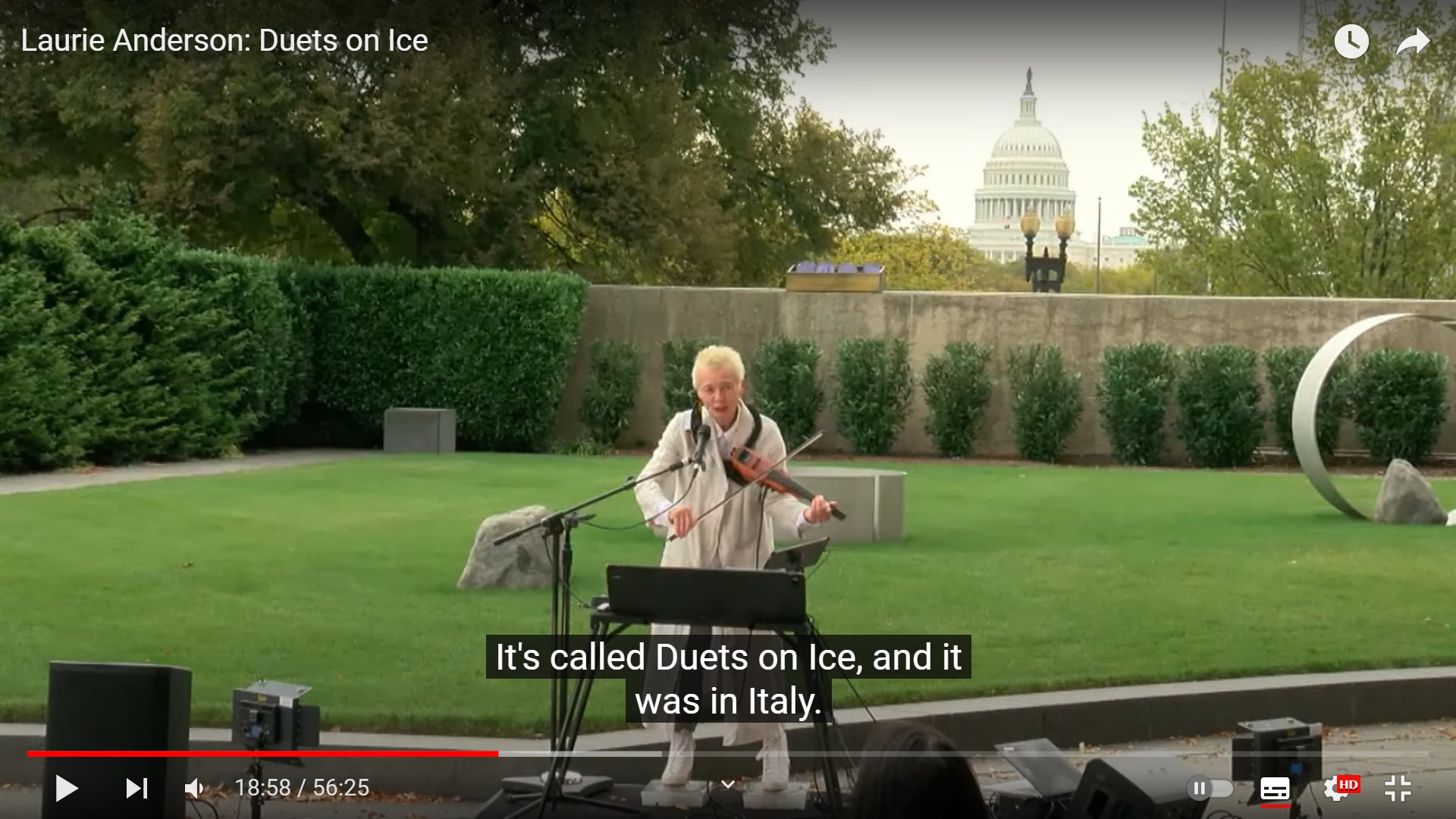
Duets on Ice is a narrative about the intersections of personal and collective memory, about endings and new beginnings. About roads leading to the unknown and paths that we have yet to tread. About silence and hope. And above all - about time.
The performance ends at the moment when the ice starts to melt. How much time do we have left?
